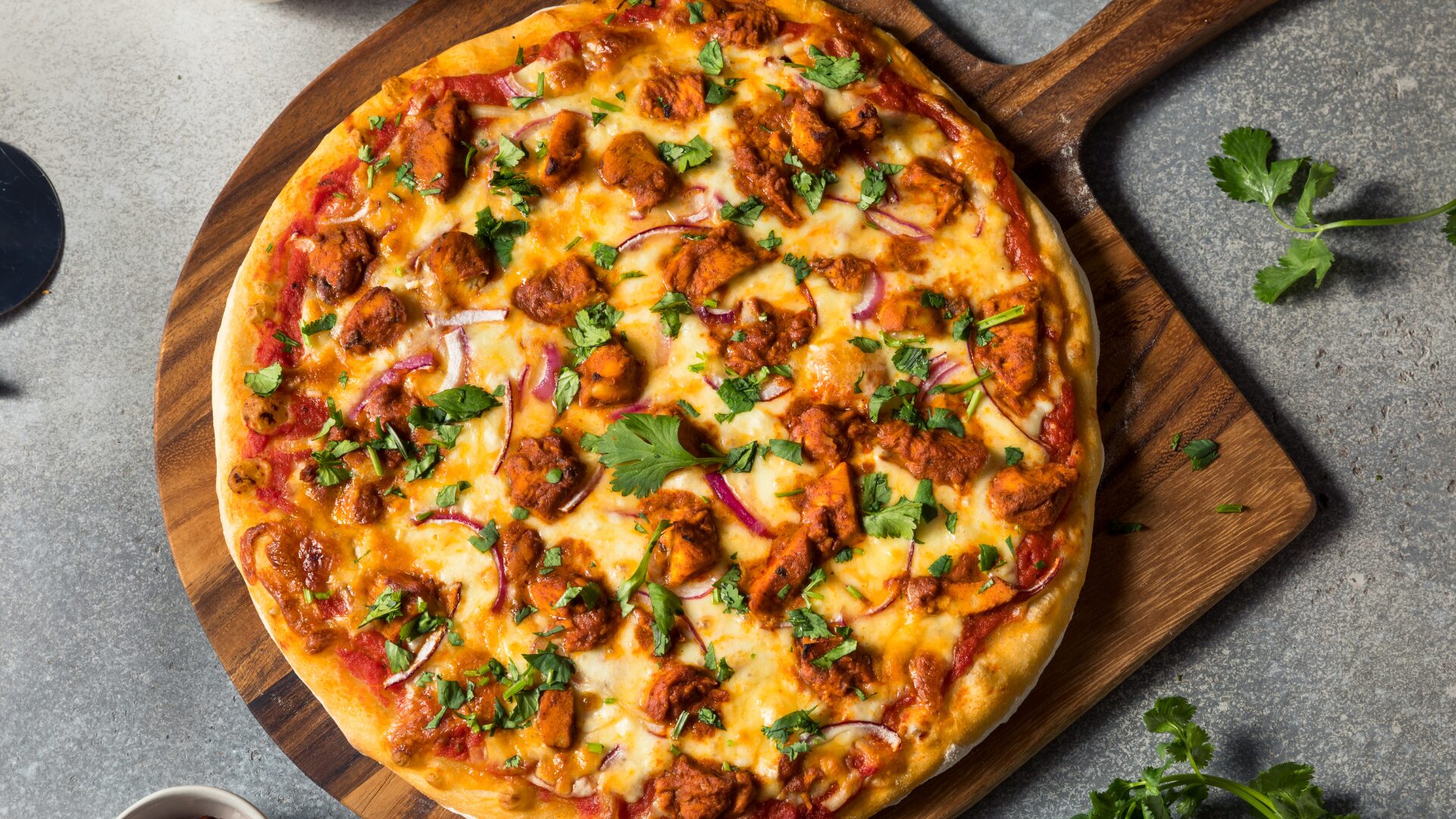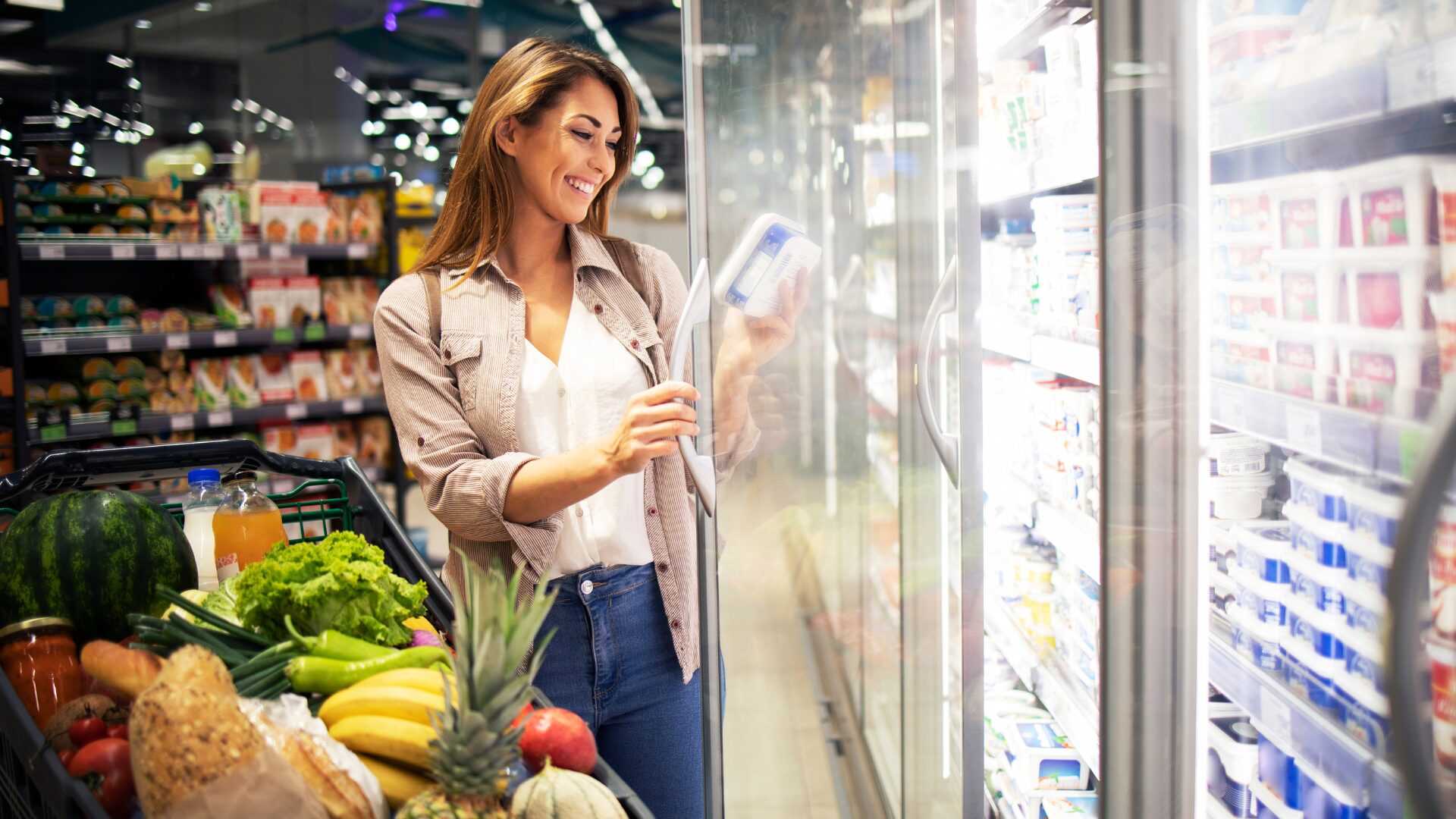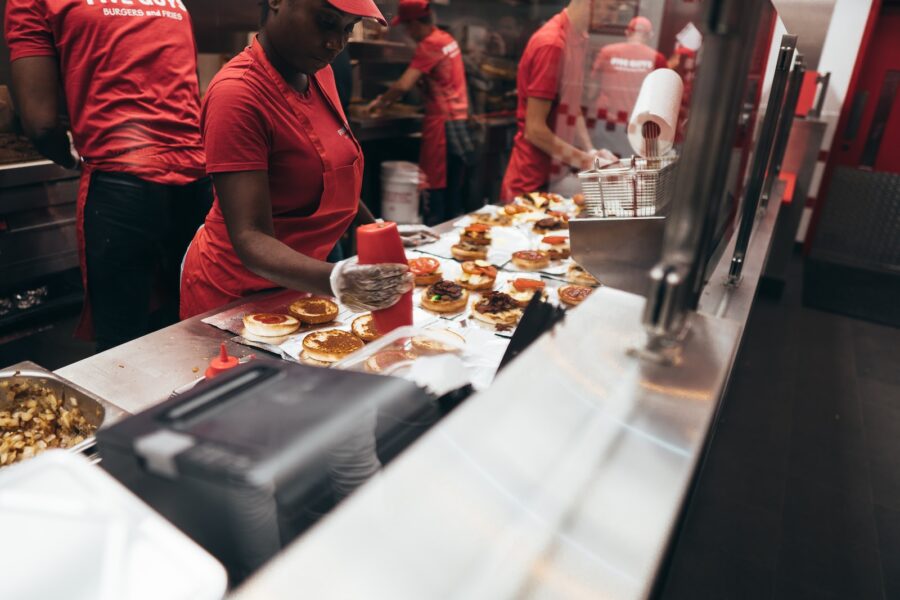The specialty food market reached $170.4 billion in 2020, with sales at retail increasing 19.4%. Overall, the specialty sector accounted for 21.5% of all food sales at year’s end, according to the Specialty Food Association’s (SFA) 2021 State of the Specialty Food Industry report.
The top five categories have remained relatively static since 2018:
- Meat, poultry, seafood (frozen and refrigerated)
- Cheese (dairy and plant based)
- Chips, pretzels, snacks
- Bread & baked goods
- Coffee & hot cocoa
The exception to this order is the meat, poultry, seafood category, which grew 30% in 2020 alone and ousted cheese from the number one position.
Fastest-Growing Categories
Much like traditional food, specialty items related to cooking or baking at home soared, benefitting products like baking mixes, frozen entrees, pasta, and sauces.
Plant-based meat alternatives experienced the fastest overall growth, at 130%, while refrigerated creams and creamers jumped 75% thanks to plant-based options in that category.
Other notable increases included:
- Refrigerated pasta (60%)
- Refrigerated coffee & tea (59%)
- Shelf stable sauces, pasta & pizza (52%)
- Tofu (48%)
- Seasonings (46%)
Reinvigorated Categories
Some specialty categories experienced a notable boost after relatively mundane performance or even declining sales in 2019. Shelf stable pasta grew 90x faster year over year, while frozen fruits and vegetables grew 74x faster.
Other categories that should see a lift through 2025 include:
- Dry beans, grains, rice
- Oils & vinegars
- Shelf stable pickles & olives
Visibility Challenges
While online purchases increased 3% in 2020, brick-and-mortar retail channels continue to account for the bulk of specialty food sales.
The growth of online shopping has been a significant challenge for specialty items, as it limits opportunities for new product discovery and impulse buys. Overall, chips, pretzels, and snacks were the largest group to under-perform the market.
Retail Outlook
While the current priority for grocery e-commerce is getting the fundamentals right, retail leaders are continually seeking opportunities to improve the online shopping experience. Upselling and cross-merchandising, which will both play a key role in driving digital impulse sales, are on the horizon, reported The Packer. (June 21)
The SFA report also notes that the pandemic seasoned at-home cooks to be resourceful, experiment, and prioritize a well-stocked pantry. Related categories that will continue to see growth over the next five years include baking essentials, seasonings, soups, and shelf stable sauces, pasta, and pizza.











